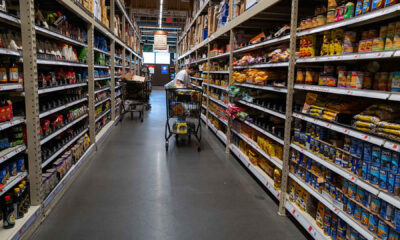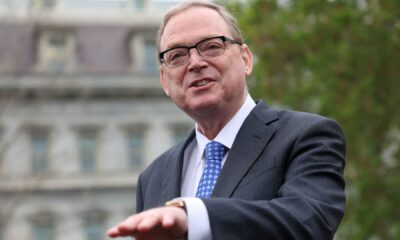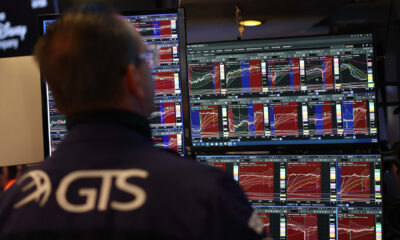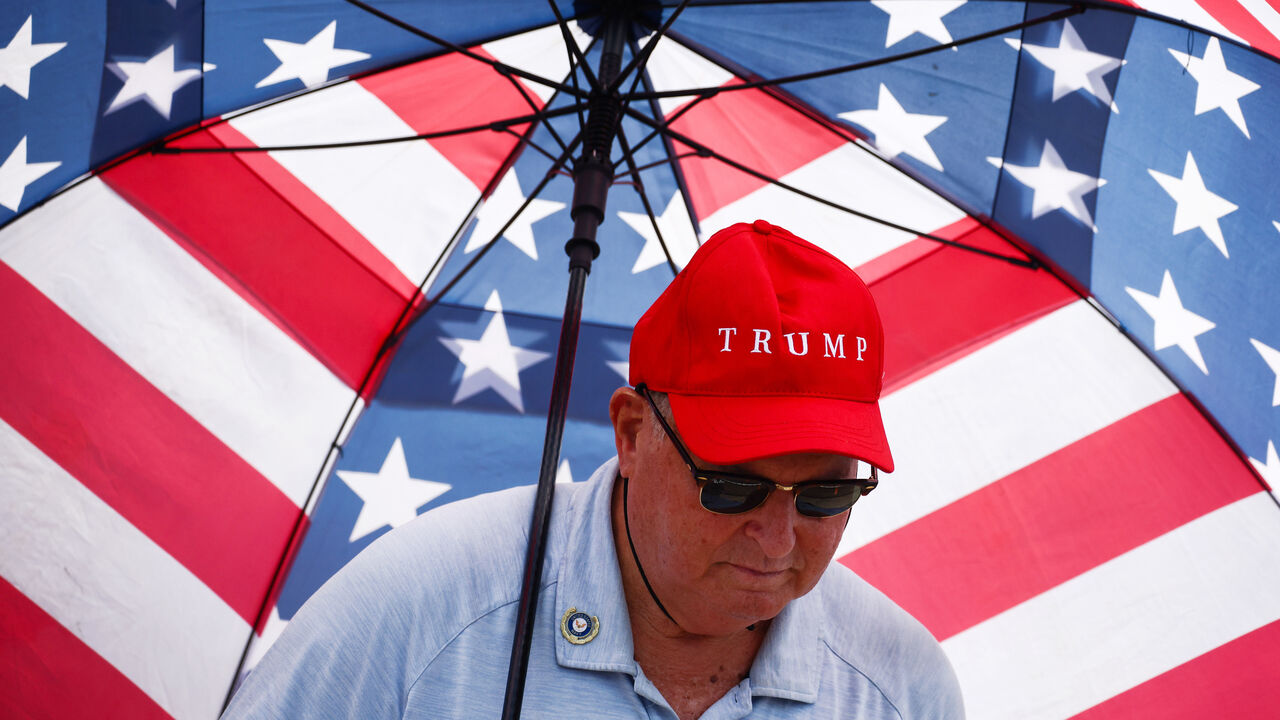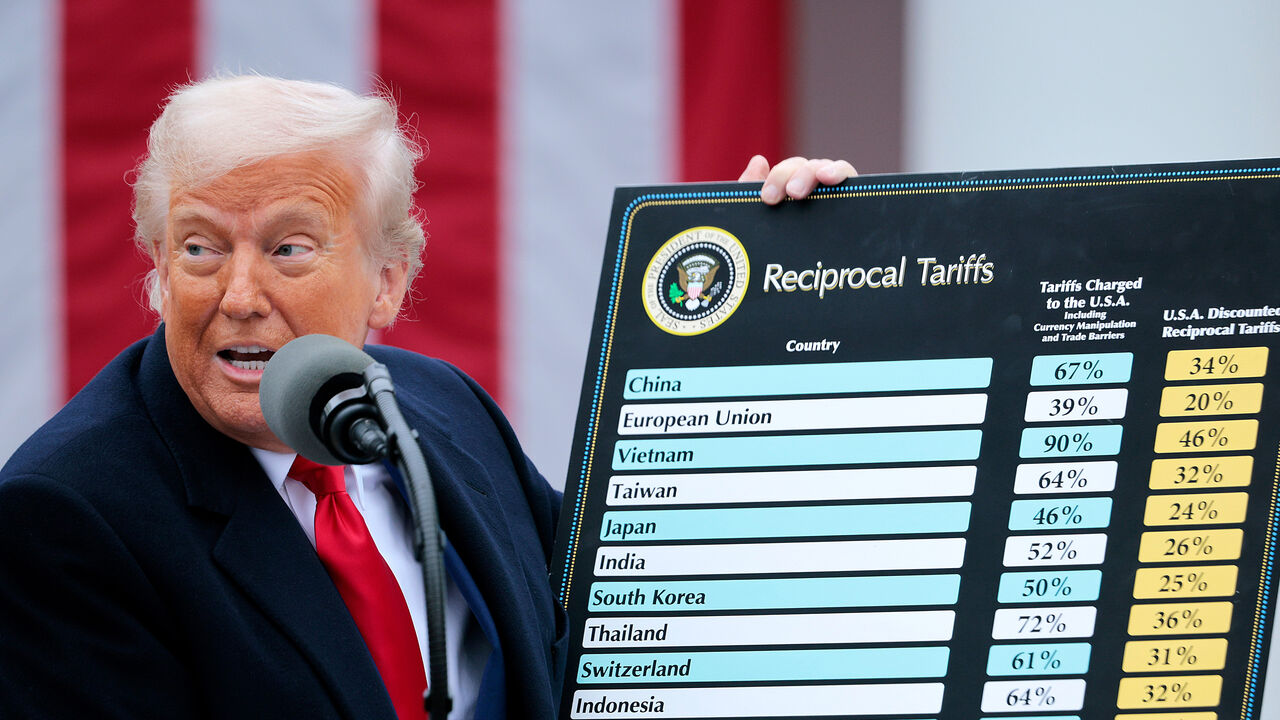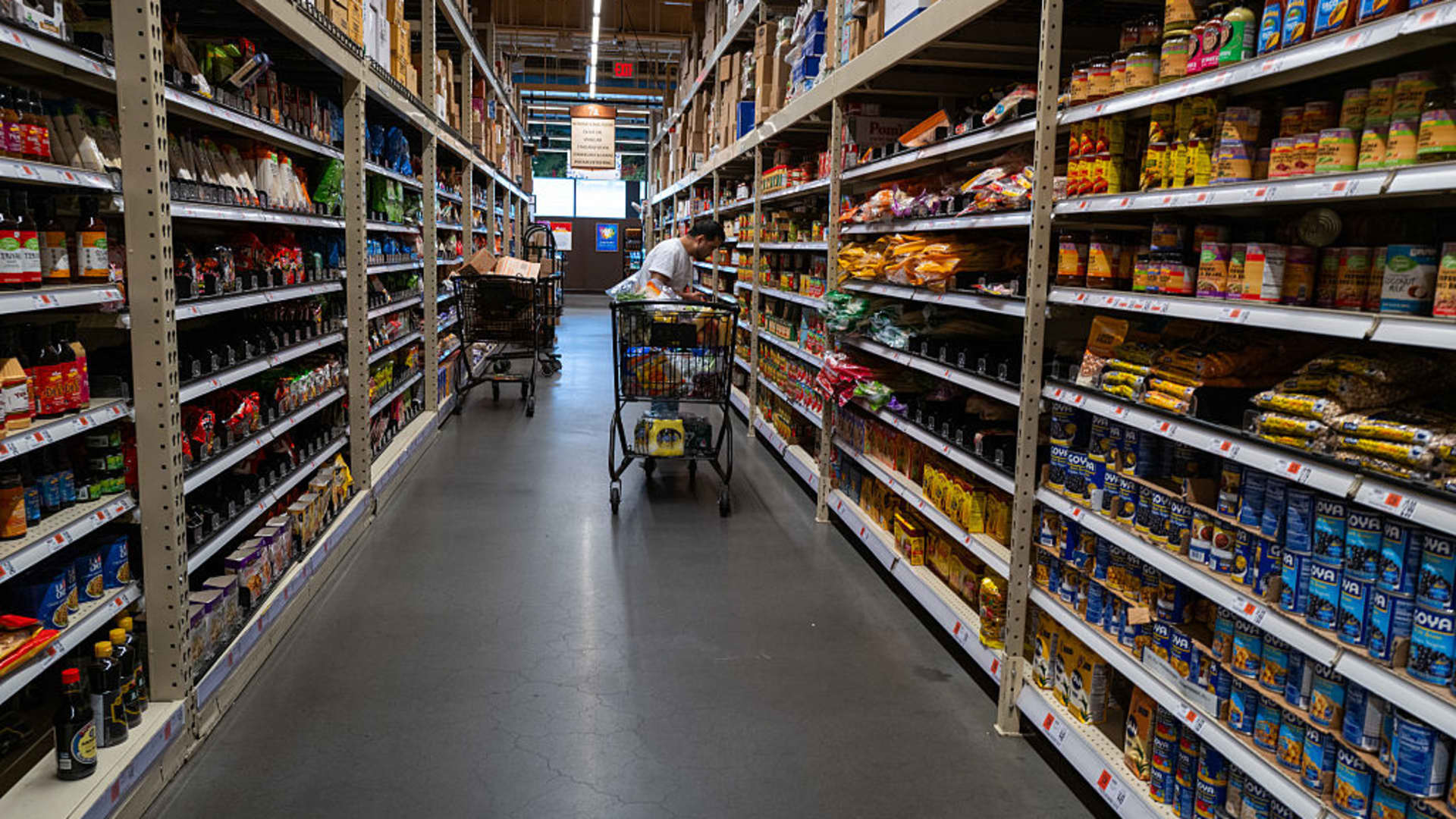MOSCOW, Russia: The Russian central bank has cut its key interest rate by 300 basis points for a third time since its emergency hike in late February, citing cooling inflation and a recovery in the ruble.
KIRILL Kudryavtsev | AFP | Getty Images
Russia’s central bank on Friday unexpectedly left its key interest rates unchanged at 21%, citing improved monetary tightness that had created the conditions to tame sky-high inflation.
“Monetary conditions tightened more significantly than envisaged by the October key rate decision,” the bank said, noting factors “autonomous” from its monetary policy.
“Given the notable increase in interest rates for borrowers and the cooling of credit activity, the achieved tightness of monetary conditions creates the necessary prerequisites for resuming disinflation processes and returning inflation to the target, despite the elevated current price growth and high domestic demand,” it added.
Markets had widely expected the central bank to hike interest rates by another 200 basis on Friday, after taking such a step in October amid an ongoing effort to subdue inflation stoked by the military costs of Moscow’s invasion of Ukraine and by Western sanctions against its key commodity exports.
The bank on Friday said it would assess the need for a key rate increase at its upcoming meeting in February. It currently forecasts annual inflation will decline to 4% in 2026 and remain at this target in the forward horizon.
Russia’s consumer price index is currently more than twice this rate — annual inflation hit 9.5% as of Dec. 16, the bank said Friday, noting persisting pressures, especially in the household and business sectors. The consumer price index hit 8.9% in November on an annual basis, up from 8.5% in October. The increase was largely driven by rising food prices, with the cost of milk and dairy products soaring this year.
Inflation an ‘alarming signal’
The hold to interest rates comes even after Russian President Vladimir Putin admitted during his Thursday annual Q&A session with Russian citizens that the nation’s inflation was problematic and that there was evidence of the economy overheating. He nevertheless stressed that Russia could still achieve 3.9%-4% of economic growth this year.
“Of course, inflation is such an alarming signal. Just yesterday, when I was preparing for today’s event, I spoke with the chairperson of the Central Bank, Elvira [Nabiullina] who told me that it was already somewhere around 9.3%. But wages have grown by 9% in real terms, I want to emphasize this — in real terms minus inflation — and the disposable income of the population has also grown,” he said, according to comments reported by Interfax and translated by Google.
The International Monetary Fund predicts Russia will notch 3.6% growth this year, before a deceleration to 1.3% growth in 2025.
The “sharp slowdown,” the IMF said, was envisaged “as private consumption and investment slow amid reduced tightness in the labor market and slower wage growth.”
“What we are seeing right now in the Russian economy, [is] that it is pushing against capacity constraint,” Alfred Kammer, director of the European Department at the IMF, said when the fund released its latest economic outlook in October.
“So we have a positive output gap, or you could put it differently — the Russian economy is overheating. What we are expecting for next year is simply also the impact that going over your supply capacity, you cannot maintain for very long. So we see an impact on moving into more normal territory there. And of course, that is supported by a tight monetary policy by the Central Bank of Russia,” he said.
“A tight monetary policy, in order to bring down inflation, slows down aggregate demand, and in 2025 will have these effects on GDP. That’s why we are seeing the slowdown in 2025,” Kammer added.
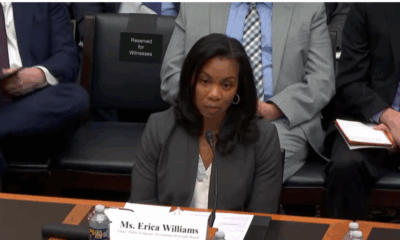
 Accounting1 week ago
Accounting1 week ago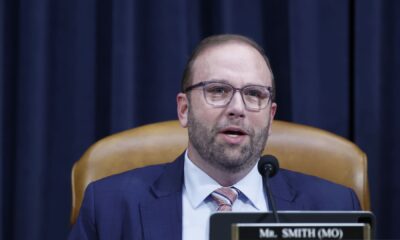
 Personal Finance1 week ago
Personal Finance1 week ago
 Accounting1 week ago
Accounting1 week ago
 Finance1 week ago
Finance1 week ago
 Personal Finance1 week ago
Personal Finance1 week ago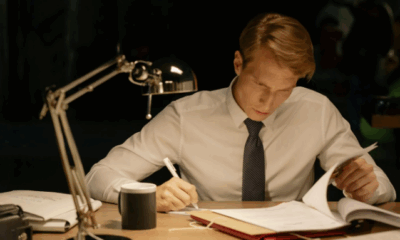
 Blog Post1 week ago
Blog Post1 week ago
 Personal Finance1 week ago
Personal Finance1 week ago
 Accounting1 week ago
Accounting1 week ago



